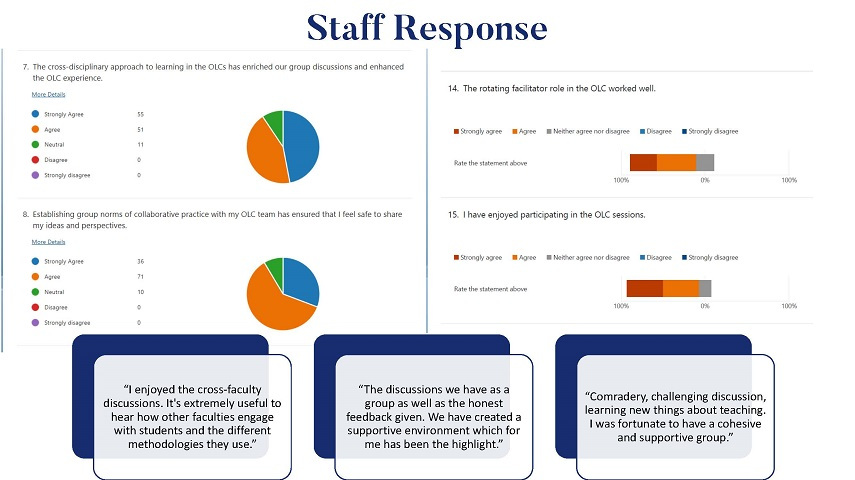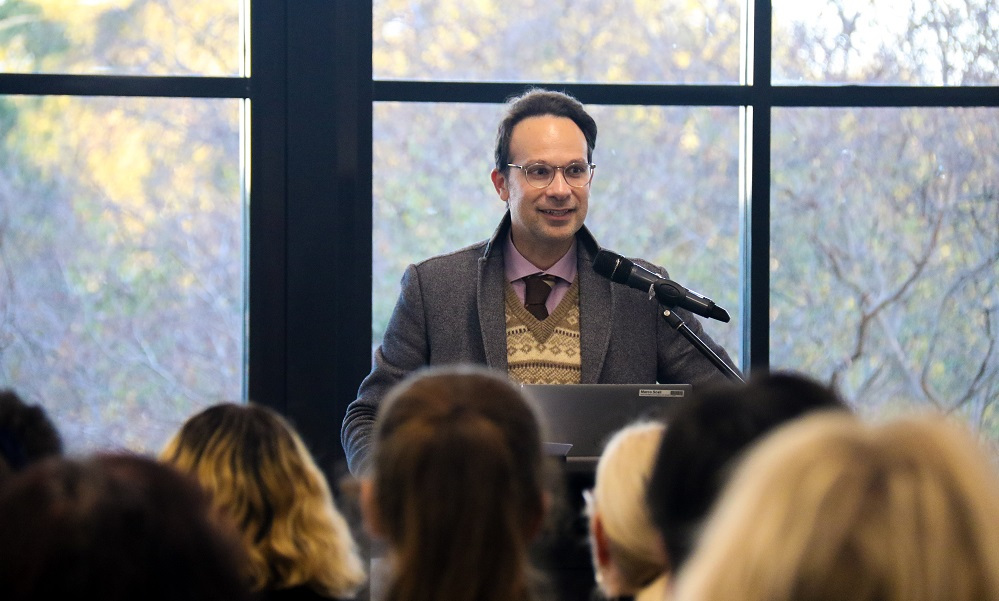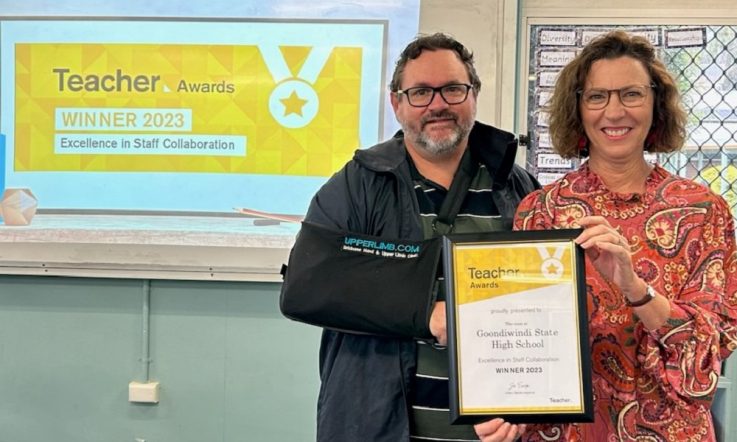Research shows that high quality teaching and leadership teams learn from each other's practices. At Loreto Normanhurst, that philosophy has led to the development of their Open Learning Circles (OLC) program, which sees professional development (PD) done in a collaborative, teacher-led format.
Teacher spoke to Marco Scali, Head of Professional Practice and Growth at Loreto Normanhurst in Sydney, about why they shifted to a more collaborative approach for their PD, how their OLC program works, and what other schools can learn from their approach.
Hi Marco. To begin with, can you tell us a little bit about how PD was done prior to the OLC program?
Prior to the OLCs, the PD context at Loreto was like most schools in that we would do professional learning on pupil free days, typically via hearing from guest speakers or engaging in workshop presentations. There were [also] training and learning opportunities being offered in terms of resourcing for staff to engage in professional development courses. Some of the learning on PD days was collaborative, but most was done as a large staff group.
What led to the change?
Senior leadership observed a need for more collaborative PD and after some re-structuring were able to move forward with the changes.
The focus on collaborative learning comes from priorities outlined in the school’s strategic plan of 2023. This plan had specific priorities such as elevating ‘staff to be renowned for excellence in pedagogy and leadership’ and a commitment to support staff to ‘grow as educational leaders, demonstrating high standards of professional practice and strong collegiality within the school and the broader education community.’
A lot of credit must go to our Director of Learning, Ms Kieryn Bateman, in these early moments for getting this program embedded into our teaching timetables.
Can you provide an overview of the OLC program?
The OLCs are fortnightly professional learning groups of 5-8 members that provide dedicated time for teachers to focus on professional growth through collaboration.
Each term there is a set focus which is covered across multiple sessions, which each contain set objectives and pre-planned activities.
Last year, our OLCs covered Deep Learning, Social and Emotional Learning, and Leveraging Digital, while some topics this year include Using Data and Literacy and Numeracy.
How are the groups selected? Who plans and runs the sessions?
I plan the sessions (as Head of Professional Practice and Growth) alongside some middle and senior leaders. This year, some expert staff have also helped create some of the sessions.
Staff are grouped based on when they have free periods, to ensure the OLC is not more work on top of their regular work, as well as by faculty – we want groups to contain team members from different departments.
Staff members also take turns leading sessions, with each member having the chance to facilitate multiple sessions per year.
What about teachers that want some extra PD or resources beyond what is covered and shared in the OLC. Is that available?
[Teachers] do have access to external resources.
For example, for the Deep Learning sessions we worked closely with consultants from the AISNSW [Association of Independent Schools NSW] and supported further PD on this for select staff that wanted to learn more. For our data sessions, we are working closely with data storytelling and strategy specialist Dr Selena Fisk and her team, and have had pilot groups of staff extra to the OLCs who have spoken with Fisk’s team about data use in the school.
How have teachers responded?
Our staff were craving the opportunity to learn with others outside their faculty and treasure the opportunity to have protected time in their timetable schedules to focus on their professional learning.
You can see just some of the positive feedback we have received below:

Image supplied.
We are committed to allowing staff to provide feedback. We do this typically at the end of a term and try and ask similar questions so we can track results longitudinally.
Adjustments we have [already] made based on feedback is ensuring we have 3 activities in a session, introducing a ‘people’s choice’ term where people can vote for the focus, and seeking to bring other staff into the process of curating the sessions.
For 2025, staff feedback has highlighted that creating more space for lesson observation should be a priority, so we are considering some modelling on that for 2025.
Any advice for other schools wanting to foster a more collaborative PD environment?
My advice would be to take a collaborative approach to planning but ensure there is someone there to make sure the quality of the sessions is maintained. If the activities are difficult to follow or not beneficial to staff, there will be a pretty quick dip in enthusiasm. These are the same expectations in teaching really, as students will respond when they know a teacher is consistent, diligent and cares about their learning.
It is never easy coordinating over 100 people to do anything, let alone busy teachers in a school, but if the sessions are curated with consideration and care staff will generally find the experience enriching.
Does your school provide opportunities for staff to learn from each other’s knowledge, practices, and expertise on a regular basis?
The OLC program at Loreto Normanhurst is a part of the teachers’ schedule, not in addition to it. How does your school ensure PD is something that teachers want to do, and have time to do, rather than being seen as additional work?
While the OLC is collaborative, Marco says there are still select people who are there to ensure consistency and quality of sessions. How do you ensure collaborative learning stays focused and productive?



